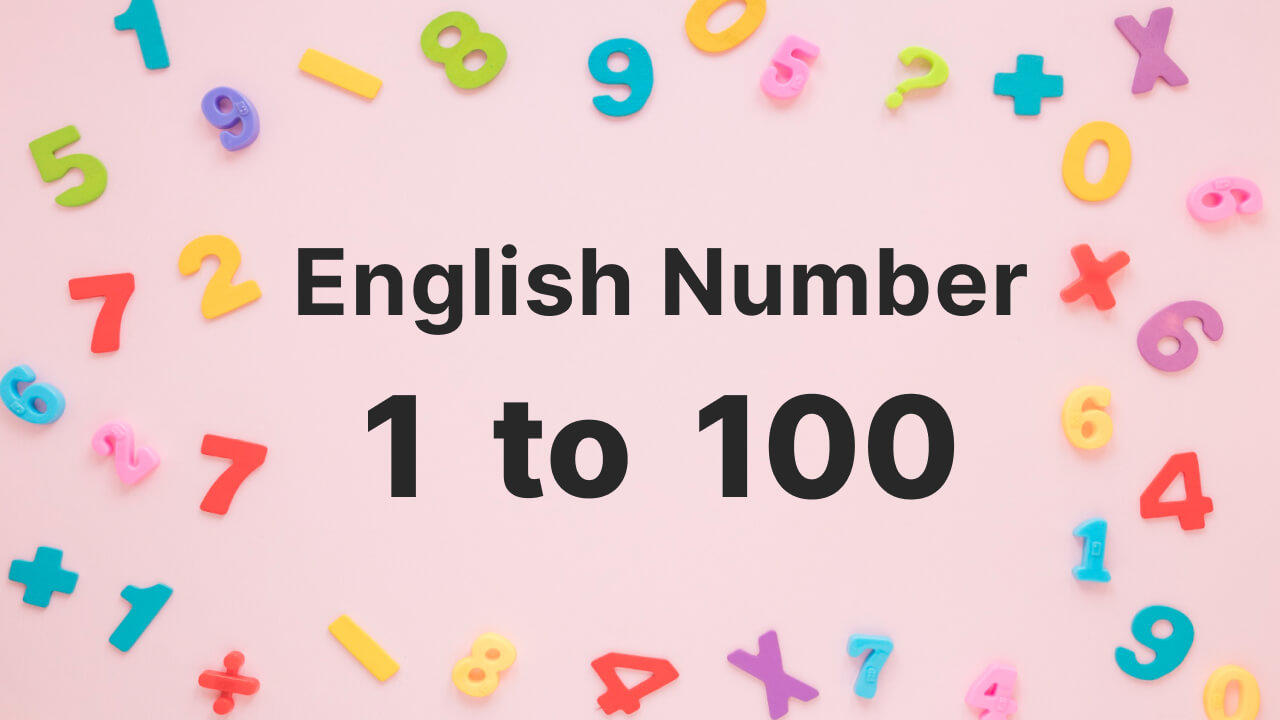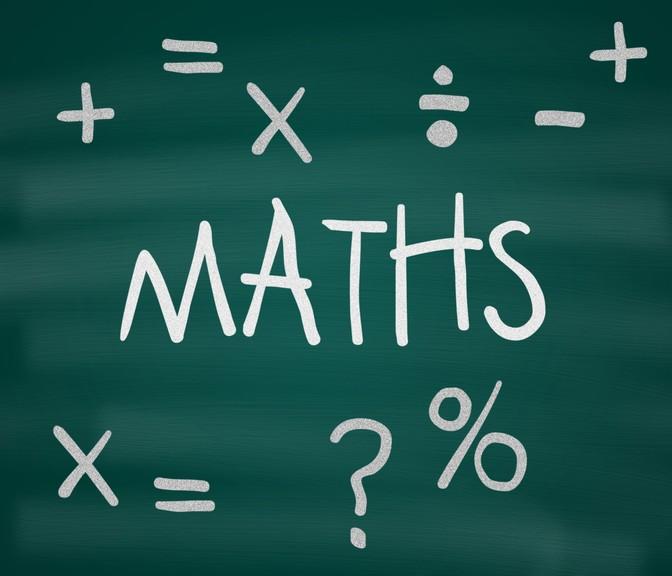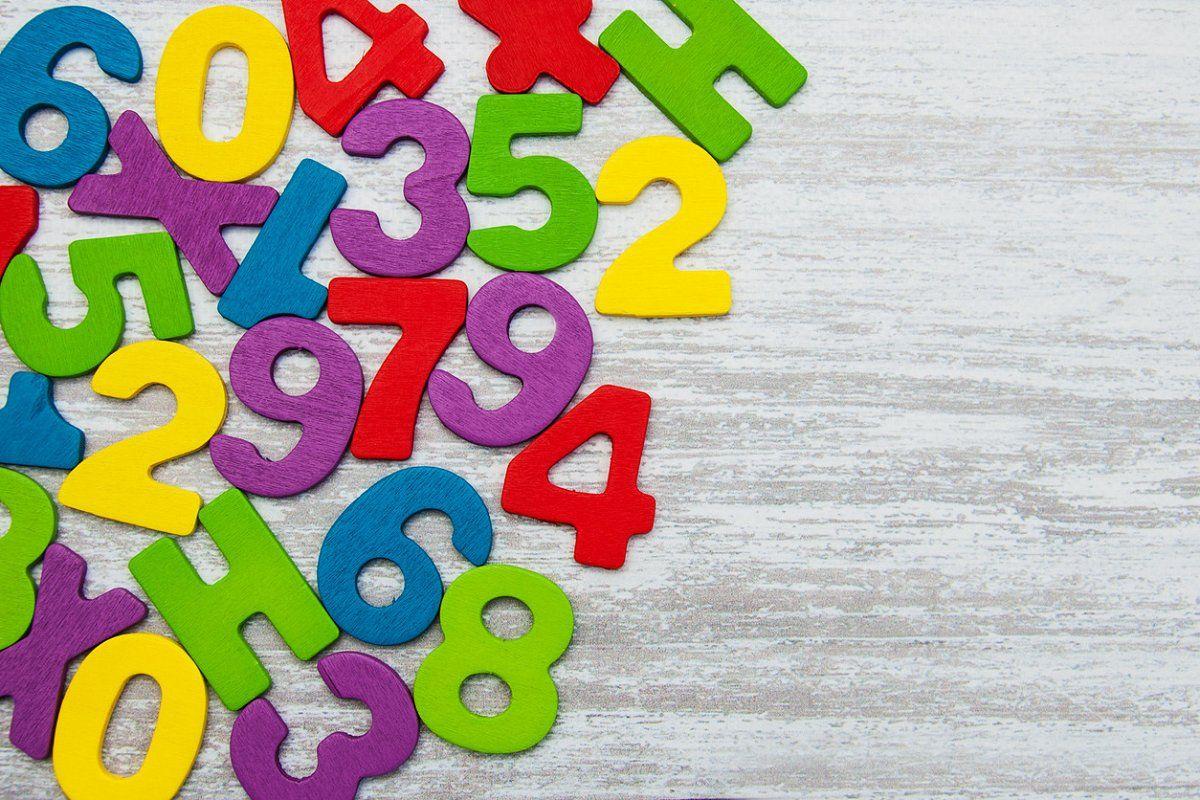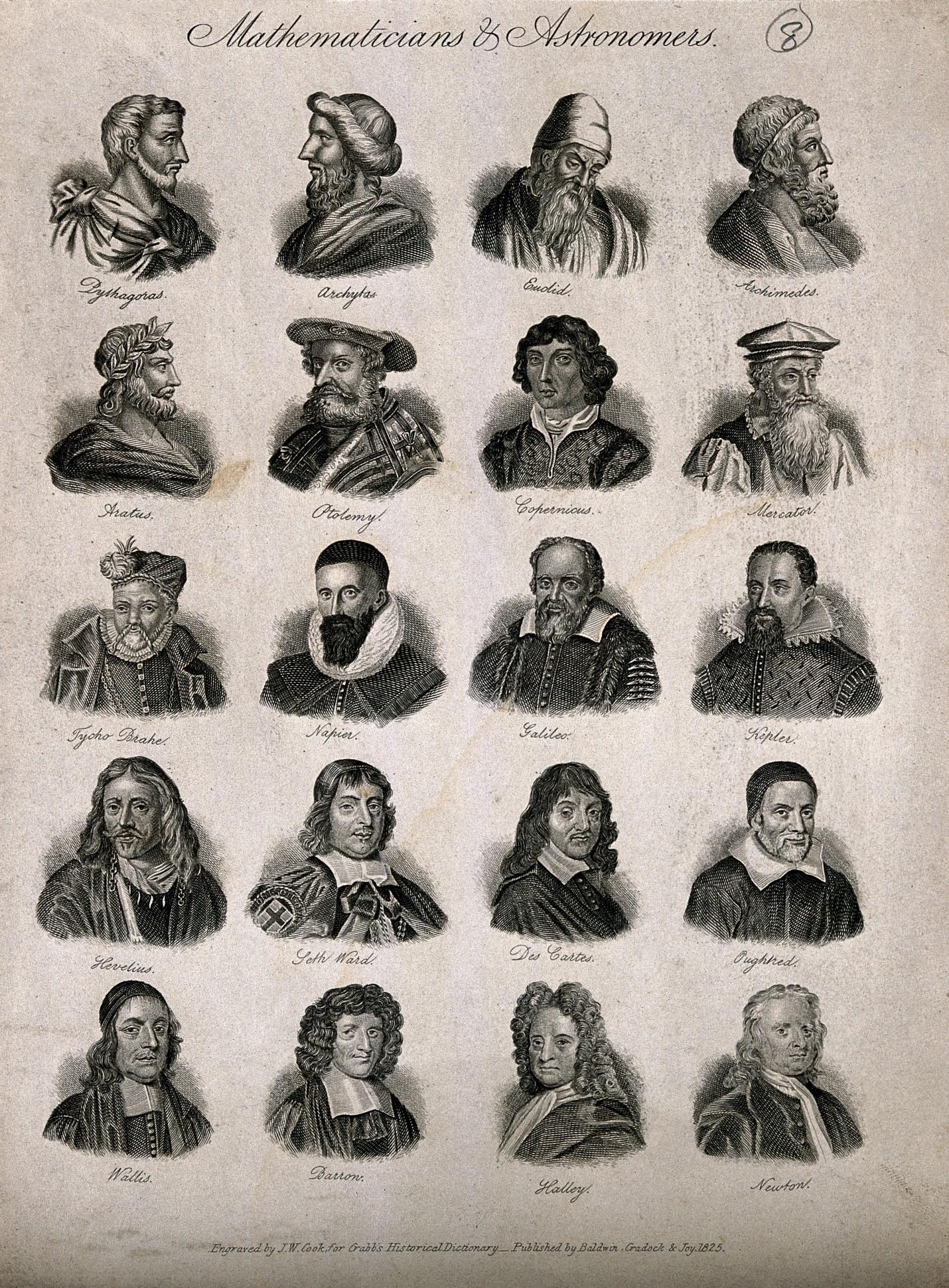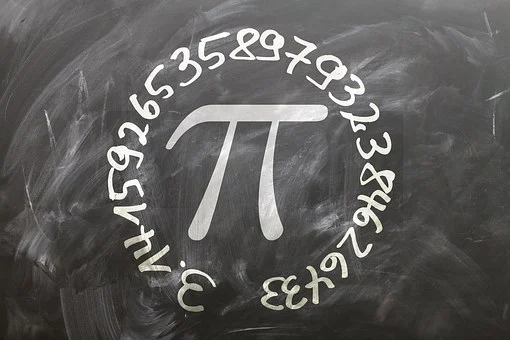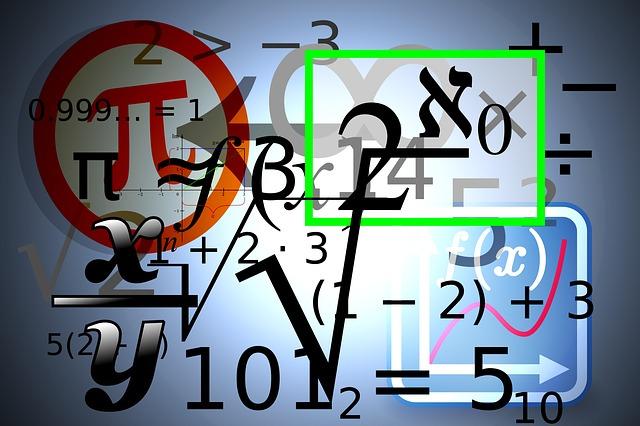The English alphabet is used to write numbers in words. Words and numbers can both be used to talk about numbers. All natural numbers can be written as words based on the place value of the digits, like ones, tens, hundreds, thousands, and so on. It is important to learn how to say and write numbers in a new language to share information, like a phone number, and do everyday things, like buying food at a diner.
The two languages that English is based on are French and German. Check out the chart below for a quick guide to writing numbers in English with Roman numerals.


Using Roman Numbers
The Roman numeral system uses seven letters as numerals: I = 1; V = 5; X = 10; L = 50; C = 100; D = 500; M = 1,000. These numerals can be written in capital or lowercase letters. Additionally, placing a bar over a numeral multiplies its value by 1,000.
For example, V with a bar over it represents 5,000, and X with a bar over it represents 10,000.
Roman numerals were a system of numbers that the Romans came up with to help them count and do other basic financial tasks. In Roman numerals, a number's meaning is based on how many and what order of seven letters it has.
Any one of these seven letters can stand for 1, 5, 10, 50, 100, 500, or 1000. They are I, V, X, L, C, and D. Roman numbers are often used in the following places:
- Roman numerals are often used to number chapters in books.
- Roman numerals are also used to list the pages at the beginning and end of the book.
- A lot of the time, Roman numbers are used to divide acts into parts.
- Roman numbers are often used on fancy clocks and other watches.
- Roman numbers are also used to mark the years at the Summer and Winter Olympics, the Super Bowl, and other yearly sports events.
- It is normal to add a Roman number to the end of a family name, and this has been done for many generations. For example, royal families use this method a lot.
How to Write the Roman Numbers 1 to 100
| Number | Number Name | Roman Numeral |
|---|---|---|
| 1 | One | I |
| 2 | Two | II |
| 3 | Three | III |
| 4 | Four | IV |
| 5 | Five | V |
| 6 | Six | VI |
| 7 | Seven | VII |
| 8 | Eight | VIII |
| 9 | Nine | IX |
| 10 | Ten | X |
| 11 | Eleven | XI |
| 12 | Twelve | XII |
| 13 | Thirteen | XIII |
| 14 | Fourteen | XIV |
| 15 | Fifteen | XV |
| 16 | Sixteen | XVI |
| 17 | Seventeen | XVII |
| 18 | Eighteen | XVIII |
| 19 | Nineteen | XIX |
| 20 | Twenty | XX |
| 21 | Twenty-One | XXI |
| 22 | Twenty-Two | XXII |
| 23 | Twenty-Three | XXIII |
| 24 | Twenty-Four | XXIV |
| 25 | Twenty-Five | XXV |
| 26 | Twenty-Six | XXVI |
| 27 | Twenty-Seven | XXVII |
| 28 | Twenty-Eight | XXVIII |
| 29 | Twenty-Nine | XXIX |
| 30 | Thirty | XXX |
| 31 | Thirty-One | XXXI |
| 32 | Thirty-Two | XXXII |
| 33 | Thirty-Three | XXXIII |
| 34 | Thirty-Four | XXXIV |
| 35 | Thirty-Five | XXXV |
| 36 | Thirty-Six | XXXVI |
| 37 | Thirty-Seven | XXXVII |
| 38 | Thirty-Eight | XXXVIII |
| 39 | Thirty-Nine | XXXIX |
| 40 | Forty | XL |
| 41 | Forty-One | XLI |
| 42 | Forty-Two | XLII |
| 43 | Forty-Three | XLIII |
| 44 | Forty-Four | XLIV |
| 45 | Forty-Five | XLV |
| 46 | Forty-Six | XLVI |
| 47 | Forty-Seven | XLVII |
| 48 | Forty-Eight | XLVIII |
| 49 | Forty-Nine | XLIX |
| 50 | Fifty | L |
| 51 | Fifty-One | LI |
| 52 | Fifty-Two | LII |
| 53 | Fifty-Three | LIII |
| 54 | Fifty-Four | LIV |
| 55 | Fifty-Five | LV |
| 56 | Fifty-Six | LVI |
| 57 | Fifty-Seven | LVII |
| 58 | Fifty-Eight | LVIII |
| 59 | Fifty-Nine | LIX |
| 60 | Sixty | LX |
| 61 | Sixty-One | LXI |
| 62 | Sixty-Two | LXII |
| 63 | Sixty-Three | LXIII |
| 64 | Sixty-Four | LXIV |
| 65 | Sixty-Five | LXV |
| 66 | Sixty-Six | LXVI |
| 67 | Sixty-Seven | LXVII |
| 68 | Sixty-Eight | LXVIII |
| 69 | Sixty-Nine | LXIX |
| 70 | Seventy | LXX |
| 71 | Seventy-One | LXXI |
| 72 | Seventy-Two | LXXII |
| 73 | Seventy-Three | LXXIII |
| 74 | Seventy-Four | LXXIV |
| 75 | Seventy-Five | LXXV |
| 76 | Seventy-Six | LXXVI |
| 77 | Seventy-Seven | LXXVII |
| 78 | Seventy-Eight | LXXVIII |
| 79 | Seventy-Nine | LXXIX |
| 80 | Eighty | LXXX |
| 81 | Eighty-One | LXXXI |
| 82 | Eighty-Two | LXXXII |
| 83 | Eighty-Three | LXXXIII |
| 84 | Eighty-Four | LXXXIV |
| 85 | Eighty-Five | LXXXV |
| 86 | Eighty-Six | LXXXVI |
| 87 | Eighty-Seven | LXXXVII |
| 88 | Eighty-Eight | LXXXVIII |
| 89 | Eighty-Nine | LXXXIX |
| 90 | Ninety | XC |
| 91 | Ninety-One | XCI |
| 92 | Ninety-Two | XCII |
| 93 | Ninety-Three | XCIII |
| 94 | Ninety-Four | XCIV |
| 95 | Ninety-Five | XCV |
| 96 | Ninety-Six | XCVI |
| 97 | Ninety-Seven | XCVII |
| 98 | Ninety-Eight | XCVIII |
| 99 | Ninety-Nine | XCIX |
| 100 | One Hundred | C |
The ancient Romans used different signs to show the idea of numbers. Their use of English letters to show the numbers was correct. Not every letter is used in the Roman number system. In fact, you can make hundreds of different numbers with just seven Roman letters: I, V, X, L, C, D, or M.
Rule 1
How to use the signs
Any number that is a multiple of 10 can be shown by the letters I, X, C, or M up to three times.
Single-use variables V, L, and D are all numbers that are greater than or equal to 5.
Rule 2
Use the seven letters to add and subtract.
If I equals 1.
In two parts, II = 1 + 1 = 2 is written.
Three is equal to three times one, which is III.
4. What's next?
You can't use the same four letters more than once.
Four should be written as five minus one (IV), not III.
In the same way, 9 is not VIIII (5 + 1 + 1 +1 +1), but ten minus one (IX).
You can see how important it is to order the letters in a certain way.
If the number for a smaller number comes before the number for a larger number, the smaller number is subtracted from the larger number.
When there are more members, using subtractive writing for Roman numbers makes them easier to read by keeping certain symbols from being used twice.
When a letter for a lower number comes after a letter for a higher number, one number is added to the other.
If the numbers of the letters on either side of an equation are the same or greater than each other, you should add them.
Rule 3
Don't use a zero.
The Roman number system doesn't use a zero. The word "NULLA" stands for zero.
Rule 4
Numbers bigger than 4M's
Roman letters don't follow the usual rules when writing numbers bigger than MMMM.
The overbar on the letters called a vinculum, tells us it is a multiple of 1000, so we must use it.
Four thousand is spelled as four times one thousand, not as MMMM.
Converting Roman Numerals
Follow a few simple rules and master the skill of converting Roman numerals easily!
Figure out what the letters stand for in terms of numbers.
- V is 5 and I is 1.
- X is 10 and L is 50.
- D is 500 and C is 100.
- M is 1000.
Pick out the largest sign in the number. You can choose whether this should be the first or second sign.
If the biggest sign shows up first, count how many times it shows up in a row. It needs to be done three times at most. Its value is increased by the total number of times it shows up, and then that value is added to the total.
Subtract the value of the symbol that comes before it from the value of the next-to-largest symbol. Add this amount to everything else.
If you forgot any numbers, just go back and do steps 2-4 again.
To find the value of the whole number, add up the values of all the groups of numbers.
How to Change Roman Numerals to Numbers
It is added when a symbol comes after a bigger (or similar) sign. In this case, VI = V + I = 5 + 1 = 6.
If the sign comes before a bigger one, it is taken away. In this case, IV = V - I = 5 - 1 = 4.
The only time a sign can be used more than three times in a row is when it stands for four, like on a clock.
Converting Numbers to Roman Numerals
A number should be divided into tens, hundreds, thousands, and ones. Write them down in order.
Writing Dates in Roman Numerals
To quickly write the years of the 21st century in Roman numbers, follow these steps:
- 2001 = MMI
- 2002 = MMII
- 2003 = MMIII
- 2004 = MMIV
- 2005 = MMV
- 2006 = MMVI
- 2007 = MMVII
- 2008 = MMVIII
- 2009 = MMIX
- 2010 = MMX
International Number System
The international number system is a way to write numbers so that there are room between them or groups of numbers. These groups or periods help us read big numbers correctly. When using the international number system, periods and groups are put together in the same way, but commas are put together in different ways. The ones, thousands, millions, and other numbers that are used around the world are called periods. These times are further broken down into groups. There are more groups for each of these periods based on how many places it has. Here are the periods:
- One Period: The ones period is further split into three groups: ones, tens, and hundreds.
- Thousand Period: There are three groups of one thousand: thousands, tens of thousands, and one hundred thousand.
- Million Period: A million is one million, ten million is ten million, and one hundred million is one hundred million.
- Billion Period: The three kinds of billion periods are: billion, ten-billion, and one hundred-billion.
The international number system writes numbers with a comma after each period. When writing numbers in their regular character form, numbers are written without a comma. On the other hand, when you read, the numbers in the same period are read with the name of the period (except for the ones).
How to Use the International Number System
Periods have no plural forms. For instance, 456,876 is read as "four hundred fifty-six thousand eight hundred seventy-six," with no "s" added to the middle of the hundred or thousand. After tens and ones, you don't say "and." For instance, 3535 is read as "three thousand five hundred thirty-five," not "three thousand and five hundred thirty-five." There are no commas when the number is written in expanded form. For example, 3535 is read as "three thousand five hundred thirty-five," not "three thousand and five hundred thirty-five." When putting the number in expanded form, there are no commas. Three thousand five hundred thirty-five is written as 3535, not three thousand, five hundred thirty-five.
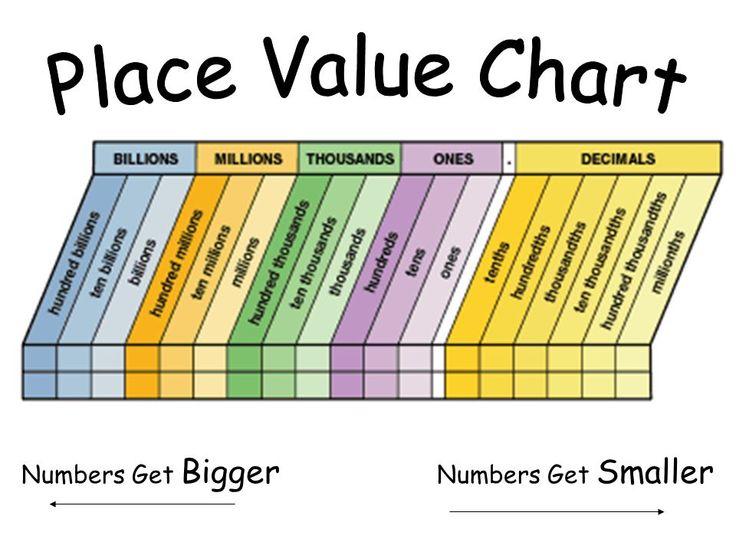
International Place Value Chart
You can use the international number system to find out how much each point in a number is worth based on where it is in the number on an international place value chart. You can tell how much something is worth by where it is in a number. That is the number's place value. The place value tells you how much a point is worth based on where it is in a number. As you look at the place value chart, each point is lined up with its right spot in a number. It helps a lot with reading, writing, and understanding big numbers. To make reading very large numbers easier, we put them into groups with a comma and a space between them.

